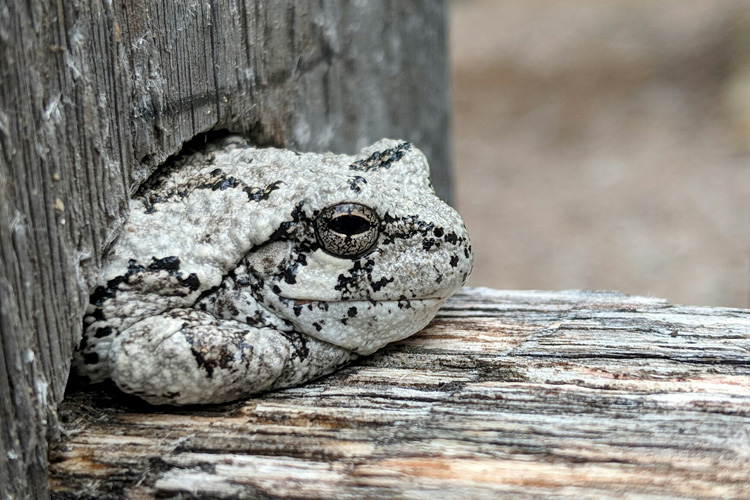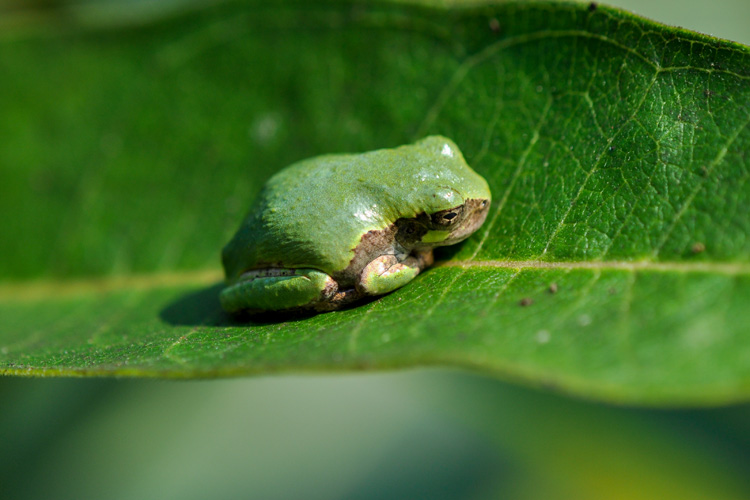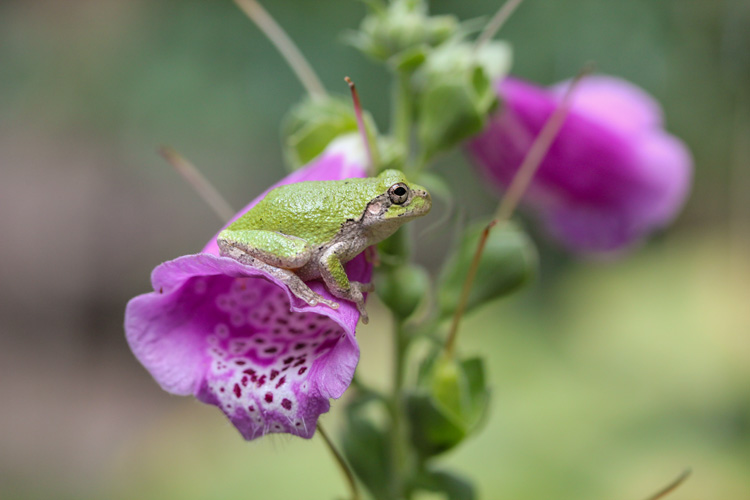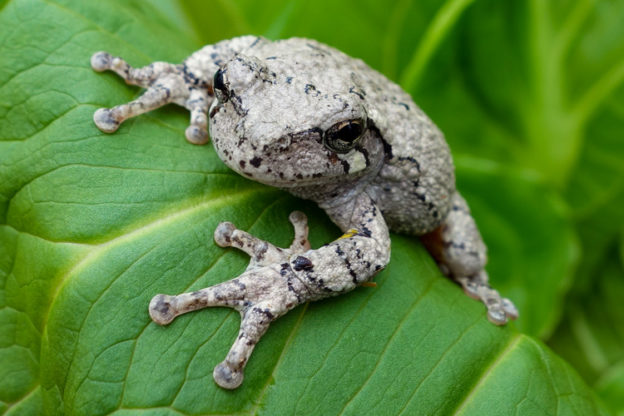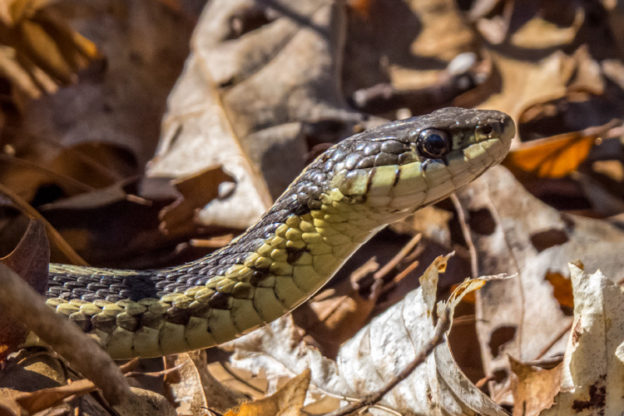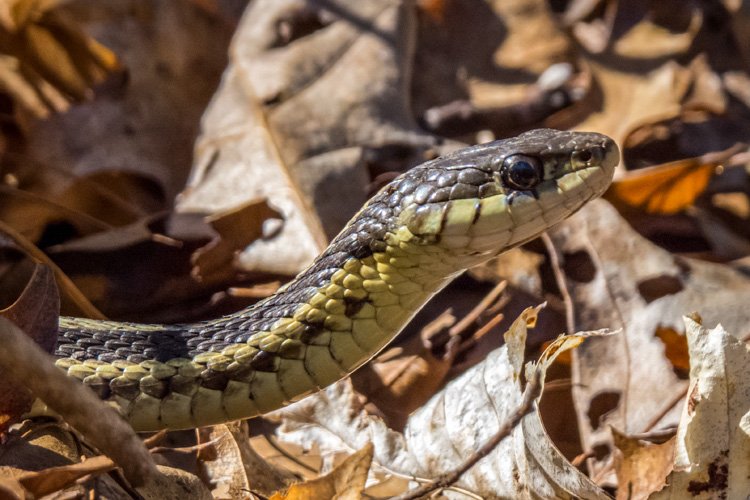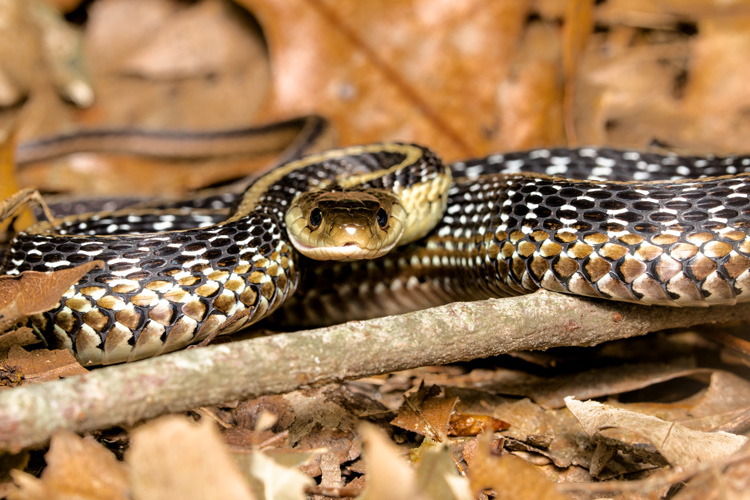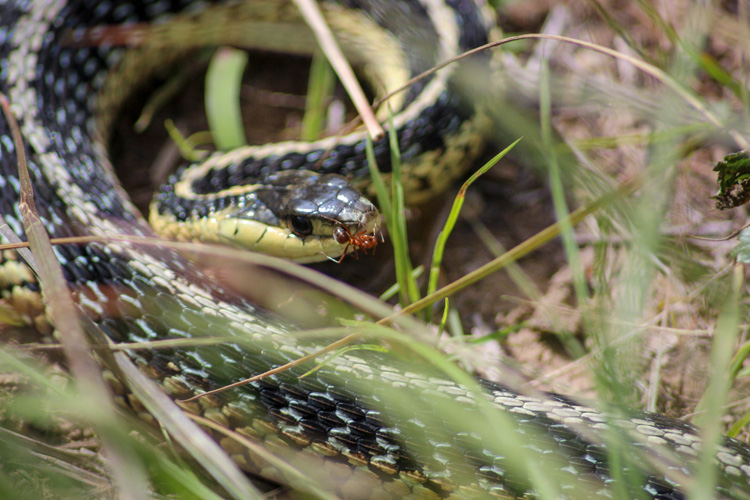If you’ve been spending many of your pleasant summer evenings in a wooded area, perhaps sitting in your backyard or a local park, you may have heard a short, high-pitched trill pierce the stillness and thought, “What on Earth kind of bird is that?!” That’s no bird! It’s the Gray Treefrog.
These minute masters of camouflage clock in at just 1.25″–2.25″ in length, with the females often slightly larger than the males. They can change their color based on their environment, ranging from green to gray to brown, but young frogs are typically bright green.
Found everywhere in Massachusetts except the islands, Gray Treefrogs can be heard (but difficult to spot) around dusk from spring through summer as they look for mates and establish their territories.
Enjoy these five fabulous photos of Gray Treefrogs from our annual Picture This: Your Great Outdoors photo contest. Don’t forget to submit your own nature photography, as the 2020 contest is now open!


